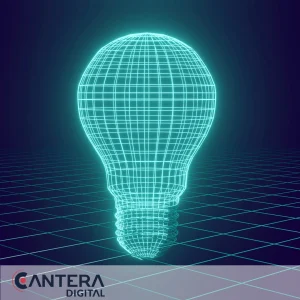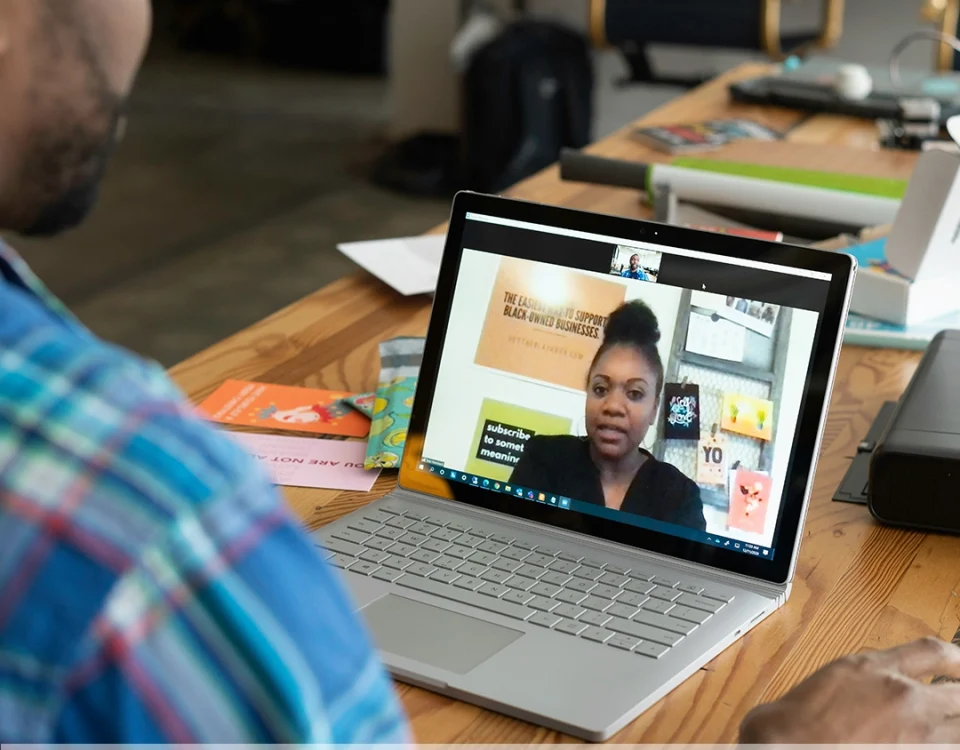
Regulatory aspects and nearshoring guidelines that every leader must take into account.
18 July, 2024
Emerging technological trends in IT development.
14 August, 2024The education sector is at a key point, with digital transformation poised to redefine learning experiences. As we approach 2025, three key trends and technologies stand out: the implementation of AI to personalize learning, the increase in workforce development of educational platforms, and the integration of virtual and augmented reality as emerging educational tools. But how can we carry out this transformation and reach 2025 on a solid footing?
Implementation of AI to personalize the learning experience.
Artificial Intelligence (AI) is increasingly used to create personalized learning experiences that cater to individual student needs, strengths, and weaknesses. AI-driven platforms can analyze student data to provide tailored content, suggest specific learning paths, and identify gaps in understanding.
In 2025, AI will become more important in education by using adaptive learning systems that change the difficulty and style of learning material based on how well students do and how much they enjoy it. This ensures that each student remains challenged yet capable of progressing at their own pace. Also, smart tutoring systems can give students immediate feedback and help them solve problems and understand difficult concepts. This is like having one-on-one tutoring. Furthermore, predictive analytics enable AI algorithms to predict student outcomes, helping educators to identify at-risk students and intervene with personalized support before issues escalate.

The role of staff augmentation in the development of educational platforms.
Artificial Intelligence (AI) is increasingly used to create personalized learning experiences that cater to individual student needs, strengths, and weaknesses. AI-driven platforms can analyze student data to provide tailored content, suggest specific learning paths, and identify gaps in understanding. In 2025, AI will become more important in education by using adaptive learning systems that change the difficulty and style of learning material based on how well students do and how much they enjoy it. This ensures that each student remains challenged yet capable of progressing at their own pace. Also, smart tutoring systems can give students immediate feedback and help them solve problems and understand difficult concepts. This is like having one-on-one tutoring. Furthermore, artificial intelligence algorithms are capable of predicting student outcomes, assisting educators in identifying students at risk and providing individualized assistance before issues escalate.
Virtual and augmented reality as emerging educational tools.
Virtual Reality (VR) and Augmented Reality (AR) are revolutionizing the way students interact with educational content. These technologies offer immersive experiences that can enhance understanding and retention of information. By 2025, VR and AR are expected to become more commonplace in educational settings by enhancing engagement through creating interactive learning environments that can hold students’ attention longer and make abstract concepts tangible. Additionally, real-world simulations allow students to practice real-world skills in a safe, controlled environment.
For example, medical students can perform virtual surgeries and engineering students can work on virtual projects, gaining hands-on experience without the associated risks. The same is the case of aviation pilots and we can find a thousand more cases, however it is in our hands that this great resource is within the reach of any student and industry to unleash professional potential.

And last but not least, this great quote from a technology and education revolutionary: Innovation distinguishes leaders from followers. -Steve Jobs.



